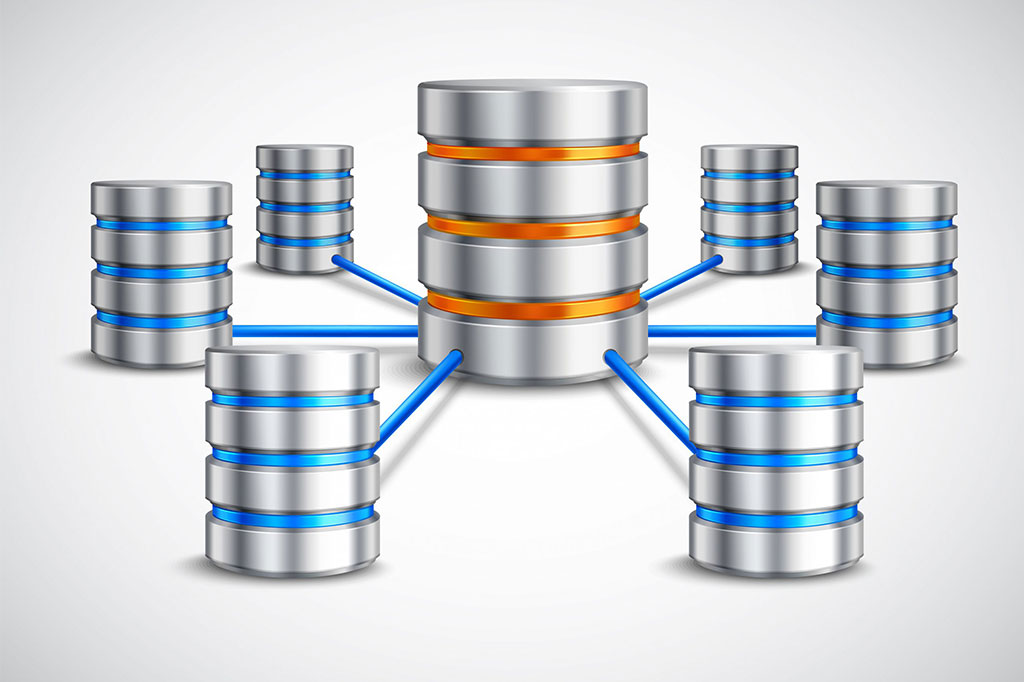
En el ámbito de la inteligencia artificial (IA), se han desarrollado diferentes enfoques y niveles de capacidad. Dos términos comunes utilizados para describir estos enfoques son «IA fuerte» e «IA débil». Estas clasificaciones se refieren a las capacidades y alcance de la inteligencia artificial en relación con las habilidades humanas.
IA débil
La IA débil, también conocida como inteligencia artificial estrecha o IA especializada, se refiere a sistemas de inteligencia artificial diseñados para realizar tareas específicas y limitadas. Estos sistemas están programados para cumplir una función determinada y no tienen la capacidad de adaptarse más allá de su ámbito específico. Por ejemplo, los chatbots de atención al cliente, los asistentes virtuales y los algoritmos de reconocimiento de voz son ejemplos de IA débil. Estas aplicaciones son altamente especializadas y pueden desempeñar tareas específicas con precisión, pero carecen de una comprensión generalizada del mundo.
Características clave de la IA débil:
- Especialización: Los sistemas de IA débil están diseñados para abordar tareas específicas y limitadas.
- Falta de conciencia: Carecen de una comprensión más allá del ámbito para el que fueron programados.
- Adaptabilidad limitada: No pueden generalizar su conocimiento ni aprender nuevas tareas sin una reprogramación significativa.
- Dependencia de datos: Requieren grandes cantidades de datos para funcionar correctamente.
- Ejemplos de aplicaciones: Chatbots, reconocimiento de voz, sistemas de recomendación, entre otros.
IA fuerte
La IA fuerte, también conocida como inteligencia artificial generativa (IAG), se refiere a sistemas de inteligencia artificial con un nivel de capacidad que se asemeja o supera el nivel de inteligencia humana en múltiples áreas. Estos sistemas tienen la capacidad de comprender, razonar y aprender de manera similar a los seres humanos, lo que les permite abordar una amplia gama de tareas y adaptarse a diferentes contextos. La IA fuerte aún es un objetivo en desarrollo y no se ha alcanzado plenamente.
Características clave de la IA fuerte:
- Generalización: Pueden aplicar conocimientos y habilidades en diferentes dominios y contextos.
- Adaptabilidad: Tienen la capacidad de aprender nuevas tareas y mejorar su rendimiento con la experiencia.
- Razonamiento avanzado: Pueden comprender y resolver problemas complejos utilizando lógica, razonamiento abstracto y sentido común.
- Conciencia: Tienen una comprensión más amplia del mundo y la capacidad de interactuar de manera más natural con los humanos.
- Ejemplos de aplicaciones: Aunque la IA fuerte aún no se ha logrado completamente, se espera que tenga aplicaciones en áreas como la medicina, la robótica avanzada, la toma de decisiones estratégicas y la investigación científica.
La IA débil y la IA fuerte representan diferentes niveles de capacidad en la inteligencia artificial. Mientras que la IA débil se especializa en tareas específicas y limitadas, la IA fuerte tiene como objetivo alcanzar o superar la inteligencia humana en múltiples áreas. Aunque la IA débil tiene aplicaciones prácticas actuales, la IA fuerte aún está en desarrollo y plantea desafíos técnicos y éticos significativos. A medida que la investigación y la innovación continúan en el campo de la inteligencia artificial, es fundamental comprender las diferencias entre estos dos enfoques y su impacto potencial en nuestra sociedad.





